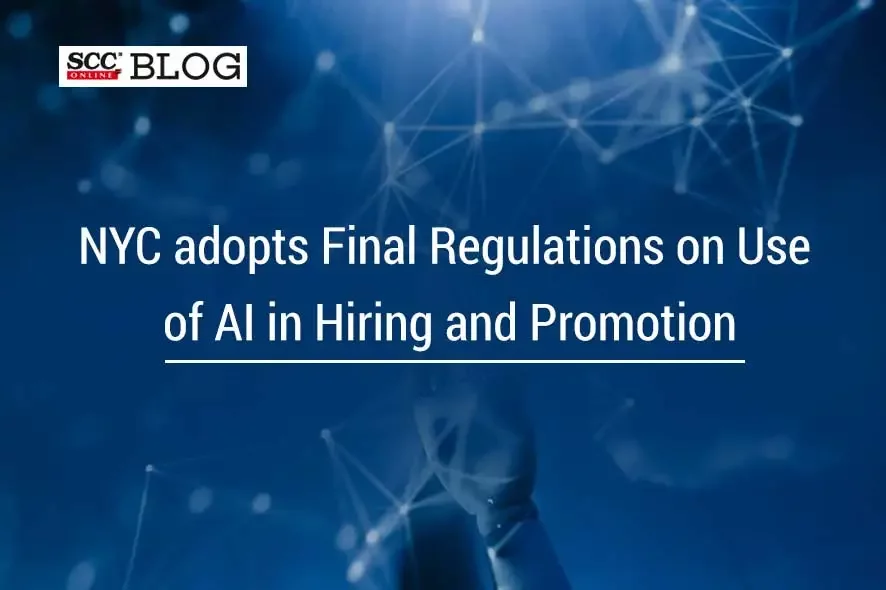The New York City Department of Consumer and Worker Protection (DCWP) adopted its Final Rule to implement Local Law 144, which regulates the use of Automated Employment Decision Tools (‘AEDT’) to screen applicants or employees in the city. It will come into force with effect from 5-07-2023.
Note: Automated Employment Decision Tool means “Automated employment decision tool” as defined by § 20-870 of the Code where the phrase “to substantially assist or replace discretionary decision making” means:
-
to rely solely on a simplified output (score, tag, classification, ranking, etc.), with no other factors considered;
-
to use a simplified output as one of a set of criteria where the simplified output is weighted more than any other criterion in the set; or
-
to use a simplified output to overrule conclusions derived from other factors including human decision-making.
Bias Audit:
-
An employer or employment agency may not use or continue to use an AEDT if more than one year has passed since the most recent bias audit of the AEDT.
-
Where an AEDT selects candidates for employment or employees being considered for promotion to move forward in the hiring process or classifies them into groups, a bias audit must, at a minimum:
-
Calculate the selection rate for each category;
-
Calculate the impact ratio for each category;
-
Ensure that the calculations separately calculate the impact of the AEDT on: Sex categories, Race/Ethnicity categories intersectional categories of sex, ethnicity, and race.
-
Ensure that the calculations in paragraphs (1), (2), and (3) of this subdivision are performed for each group, if an AEDT classifies candidates for employment or employees being considered for promotion into specified groups;
-
Indicate the number of individuals the AEDT assessed that are not included in the required calculations because they fall within an unknown category.
Data Requirements:
-
A bias audit must use historical data of the AEDT. The historical data used to conduct a bias audit may be from one or more employers or employment agencies that use the AEDT. However, an individual employer or employment agency may rely on a bias audit of an AEDT that uses the historical data of other employers or employment agencies only in the following circumstances: if such employer or employment agency provided historical data from its own use of the AEDT to the independent auditor conducting the bias audit or if such employer or employment agency has never used the AEDT.
-
an employer or employment agency may rely on a bias audit that uses test data if insufficient historical data is available to conduct a statistically significant bias audit. If a bias audit uses test data, the summary of results of the bias audit must explain why historical data was not used and describe how the test data used was generated and obtained.
-
An employer or employment agency in the city must make the following publicly available on the employment section of their website in a clear and conspicuous manner:
-
Date of the most recent bias audit of the AEDT and a summary of the results, which shall include the source and explanation of the data used to conduct the bias audit, the number of individuals the AEDT assessed that fall within an unknown category, and the number of applicants or candidates, the selection or scoring rates, as applicable, and the impact ratios for all categories;
-
Distribution date of the AEDT.







